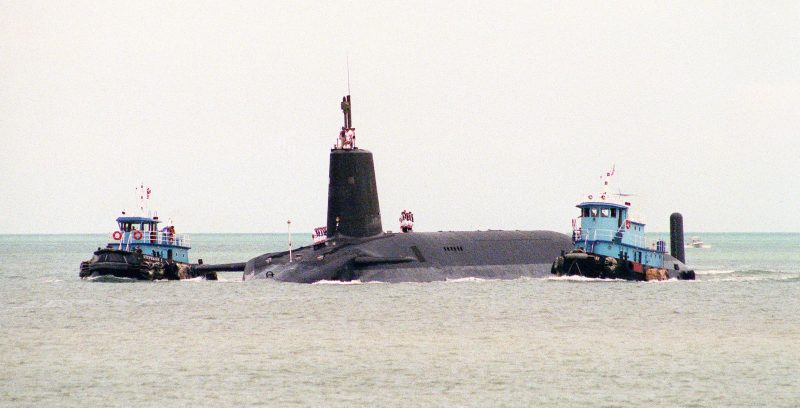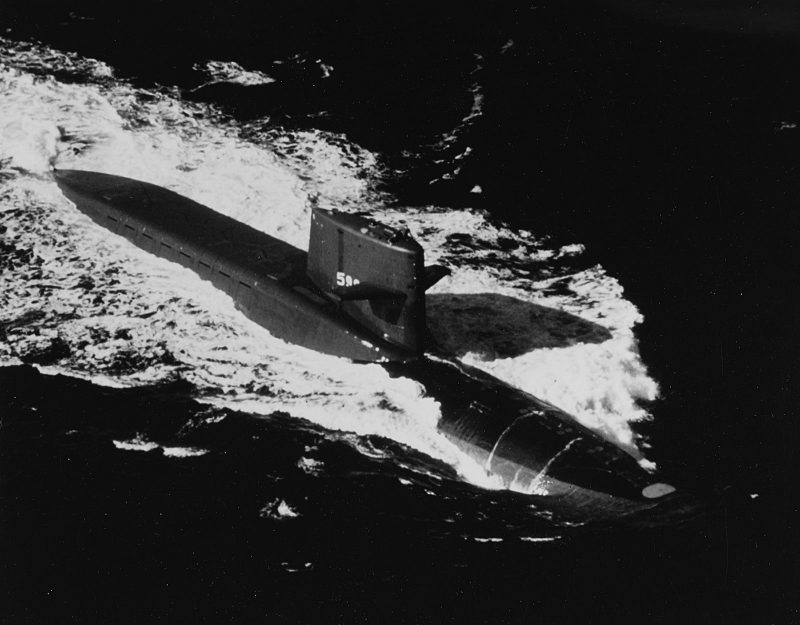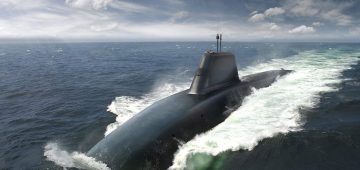Post-General Election Analysis

So, the United Kingdom’s nuclear deterrent force lives on. If Labour had secured a victory in the General Election then Vanguard Class nuclear-powered ballistic missile submarines (SSBNs) may have continued to prowl the sea but they would have been instantly emasculated. Labour leader Jeremy Corbyn’s admission to the world that he would never press the red button meant that in effect, it was game over as soon as he crossed the threshold of 10 Downing Street.
With Jeremy Corbyn replacing Theresa May as Prime Minister the programme to construct four new Dreadnought Class future SSBNs would probably have been cancelled within weeks, if not days. This would have left the construction yard at Barrow-in-Furness, refit centre at Devonport in Plymouth and home base on the Clyde bereft of work and the nation naked of a nuclear umbrella for the first time since 1968. In any event, the Tories secured the most seats in the House of Commons, though not an overall majority, so Mr Corbyn’s unilateral nuclear disarmament was not enacted.
The day Theresa May announced her intention to limp on as PM, propped up by the ten MPs of Ulster’s Democratic Unionist Party (DUP), was the 58th anniversary of the US Navy’s – and the world’s – first SSBN being launched at Groton. The USS George Washington was packed with 16 Polaris missiles, representing a quantum leap in naval destructive power. The Russians had already sent short-range ballistic missiles to sea but in diesel-electric boats, which were easily detected and forced to the surface. The Soviet Navy’s Hotel Class boats (the first of which was not launched until October 1959) were SSBNs but carried only three missiles.


From that time on the missile-carrying submarines of the USA, UK and France and Russians played a key role in maintaining the balance of terror, via Mutually Assured Destruction (MAD). Their deployments prevented the outbreak of another world war that could have killed tens of millions, although, should they ever have launched missiles, they would probably have wiped out all humanity.
With the Cold War over, for more than 20 years the SSBNs of the Royal Navy and other fleets have continued the Continuous at Sea Deterrent (CASD), as have those of the other nuclear submarine nations, while the Indians and Chinese are today also sending SSBNs to sea. Along with land-based Intercontinental Ballistic Missiles (ICBM) and air-launched nukes the SSBNs still maintain an uneasy balance of terror though not quite on the same knife-edge as exhibited during the Cold War.
While maintaining UK Government commitment to new Dreadnought Class SSBNs, Theresa May seems publicly not overly concerned about the alarming decline in the rest of the Royal Navy, a key part of the UK’s conventional deterrence. The British fleet is carrying the burden of introducing two new massive aircraft carriers into service with fewer sailors and Royal Marines, along with reduced budget, weakened escort and submarine forces. It is an imbalanced fleet lacking critical mass though it does have some impressive capital ships.

If Mrs May is to retain any credibility on defence matters she must restore some balance to the UK’s navy and that means a fully-fledged, carefully thought out warships construction strategy rapidly implemented. After all, if Australia and Canada can in the past few weeks introduce ambitious plans for naval expansion, why can’t Brexit Britain?






Comments
Sorry, comments are closed for this item